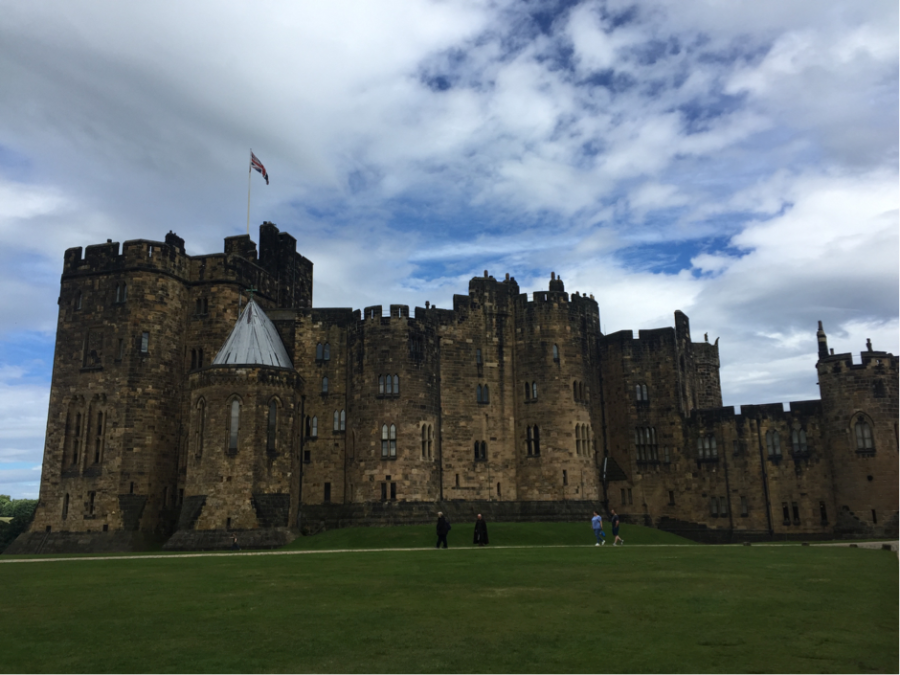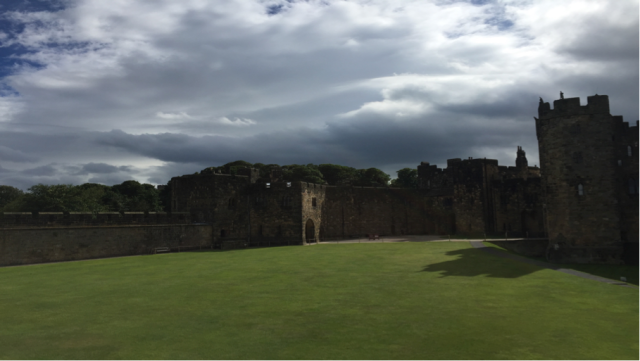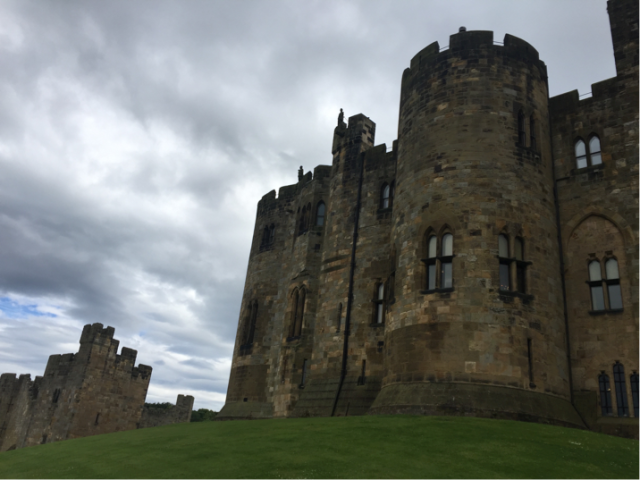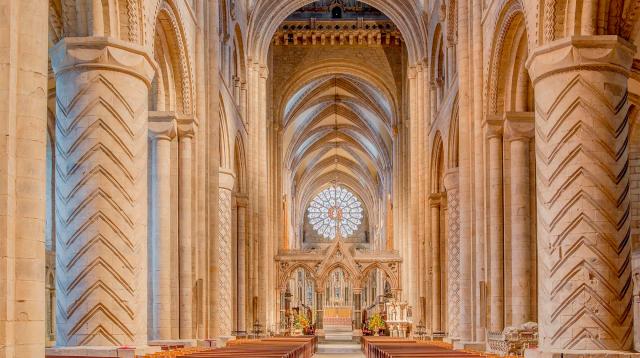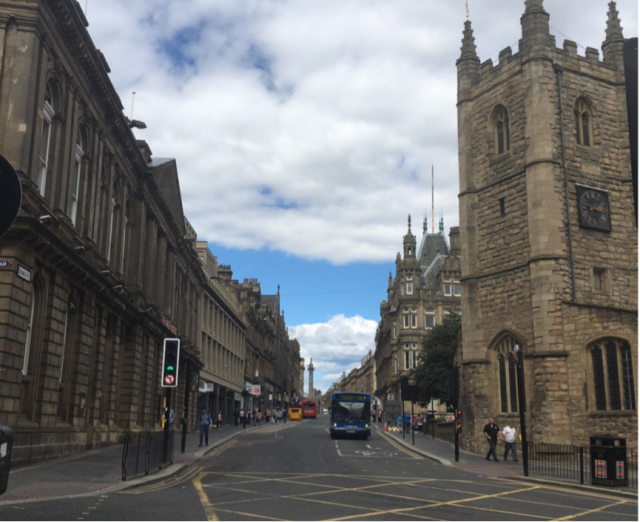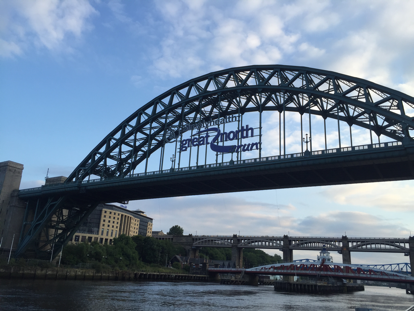One of the renowned historic landmarks that stretch far and wide across Northumberland is Hadrian’s Wall. Known to have been built in 6 years by 15,000 workers, this World Heritage Site dates back to the Roman Empire, demonstrating a great example in construction engineering.
The construction of this site came about in 117AD, where Roman emperor Hadrian had decided to build the Wall to make his empire more secure, resulting in the separation of Roman and Barbarian territories.
The Wall stretches from the banks of the River Tyne to the Solway Firth and forms part of the border between England and Scotland. However, a common misconception about the Wall is its location; it is not situated in the English-Scottish like many people would believe but the Wall is situated entirely within England.
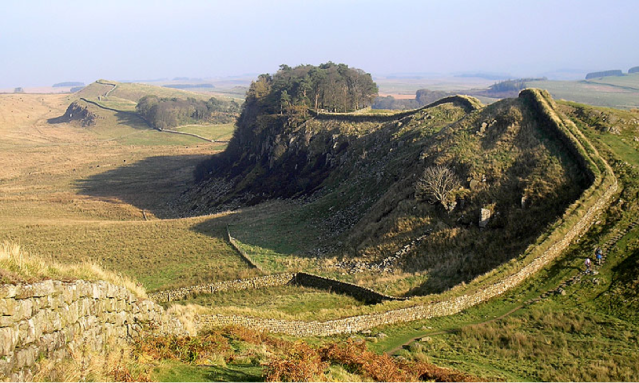
The Wall had consisted numerous mile-castles, forts, and observation towers that were mainly made of stone, and stood six metres high and three metres deep. It also became an active military line for about 300 years, comprising of groups of men from the auxiliary army’s infantry, where they manned one fort each. These units could contain between 500 to 1000 men.
There were also camps of people that would accompany each unit in communities called Vicus in which they provided soldiers with goods and produce from the empire for them to spend on.
It took the British army, which consisted of three legions of infantrymen (with each legion consisting of 5,000 men), to finish the Wall’s construction which spanned across 73 miles in northern England, becoming the longest Roman artefact in the world and one of Britain’s most famous tourist attractions today. The stones from the Wall were also repurposed to build homes and other buildings around it when Rome had given up on Britain.

Today, many remains of Hadrian’s Wall are still standing. The Housesteads Roman Fort has been well-preserved, which houses a hospital, barracks and loos. Huge parts of the Wall is located in the village of Heddon-on-the-Wall where it expands into the east of the city of Newcastle. The ruins of the Roman bridge that leads to the Wall can still be seen across the River Irthing.









